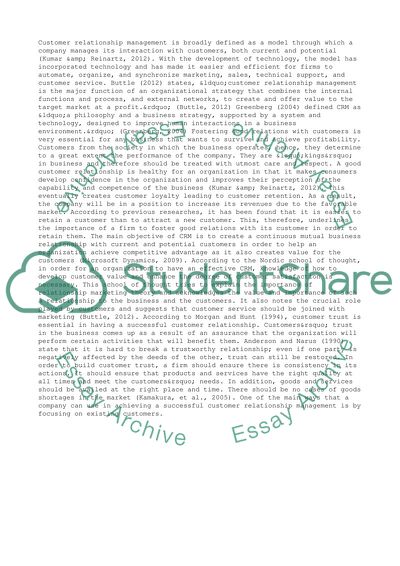Cite this document
(Customer Relationship Management Literature review - 1, n.d.)
Customer Relationship Management Literature review - 1. Retrieved from https://studentshare.org/management/1495956-phase
Customer Relationship Management Literature review - 1. Retrieved from https://studentshare.org/management/1495956-phase
(Customer Relationship Management Literature Review - 1)
Customer Relationship Management Literature Review - 1. https://studentshare.org/management/1495956-phase.
Customer Relationship Management Literature Review - 1. https://studentshare.org/management/1495956-phase.
“Customer Relationship Management Literature Review - 1”, n.d. https://studentshare.org/management/1495956-phase.


